There’s no avoiding it, Afghanistan has a new government now. One of the most symbolic changes for any government is the lowering of its flag and the raising of the new one, which was no exception for Afghanistan. The Taliban flag now flies all over the country and soon enough, pending international recognition, it may become widespread in public documents, maps and other coverage of the country. But what do you know about it? The history, what it represents? Let’s have a look.
The First Taliban Flag
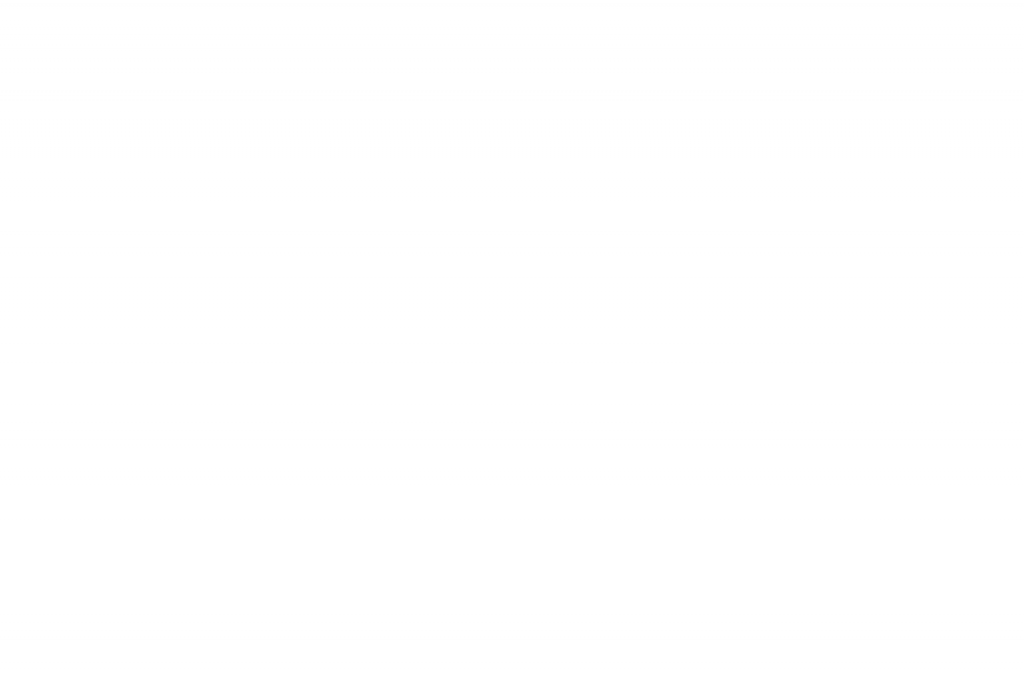
No, the page isn’t broken. The image has loaded, it’s just plain white. And no, it’s not the white flag of surrender. When the Taliban first seized control of Kabul in 1996, the flag they raised wasn’t the one we know now, it was a plain white flag said to represent “the purity of their faith and government.” While it may seem strange, there’s actually a pretty strong precedent for this in Islamic history. The prophet Muhammad flew a plain black standard as his symbol, while the Umayyad Caliphate flew the plain white flag, as had been flown by their first caliph Muawiya ibn Abi Sufyan.
Of course, this didn’t last particularly long. By 1997, the official flag had changed essentially completely to the one we know now.
Taliban Flag
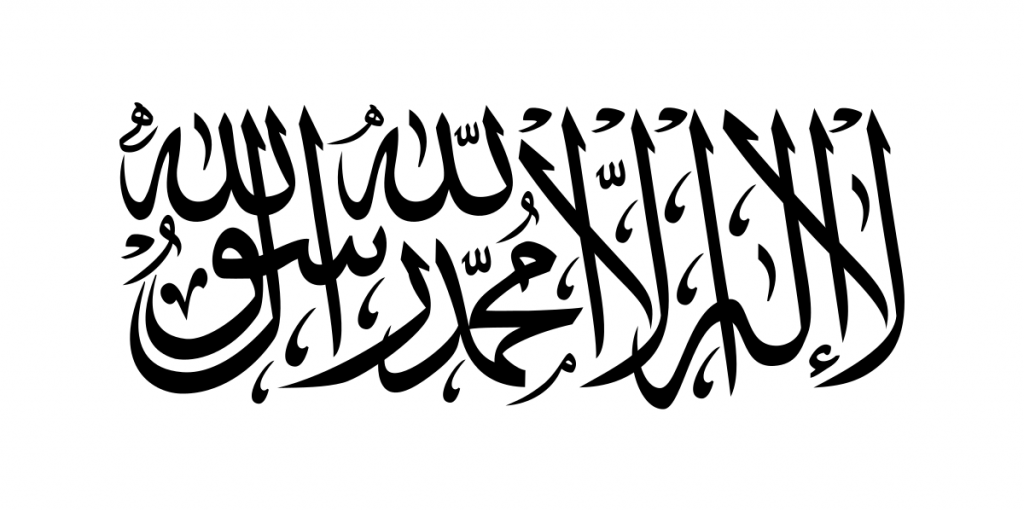
That’s the one you’ve probably seen on the news a whole bunch. The white flag, now joined by the Islamic shahada in vibrant, expressive calligraphy. You might notice it’s very similar to the flag of Saudi Arabia, albeit with some artistic differences. The shahada translates as “There is no god but Allah; Muhammad is the Messenger of Allah” and represents one of the core ‘pillars of Islam’. It’s more than a slogan, within Islam, simply reciting the words with honesty in your heart is all it takes to convert.
The text is in black, though it’s been noted that prior to its official adoption, variants were seen with the text in dark green, something that isn’t done anymore. Unlike a lot of national flags, the Taliban flag doesn’t always seem set in stone. Perhaps this has changed now that the Taliban are actually in charge and can manufacture flags on a bigger scale, but it’s not uncommon to see the text laid out differently, or allegedly even in other languages like Dari Persian. Which makes sense, seeing as Arabic isn’t a common language in Afghanistan.
Another thing that might seem familiar about the Taliban flag is that there’s another version you may have seen on the news years ago… Al Qaeda actually use more or less the same flag, except with the colours inverted, a black background with a white shahada. ISIS does the same, albeit bunching up part of the shahada into a little circle. The colours again refer back into the history of Islam, with black standards being the flags flown by the prophet Muhammad himself.
Other Flag Variants
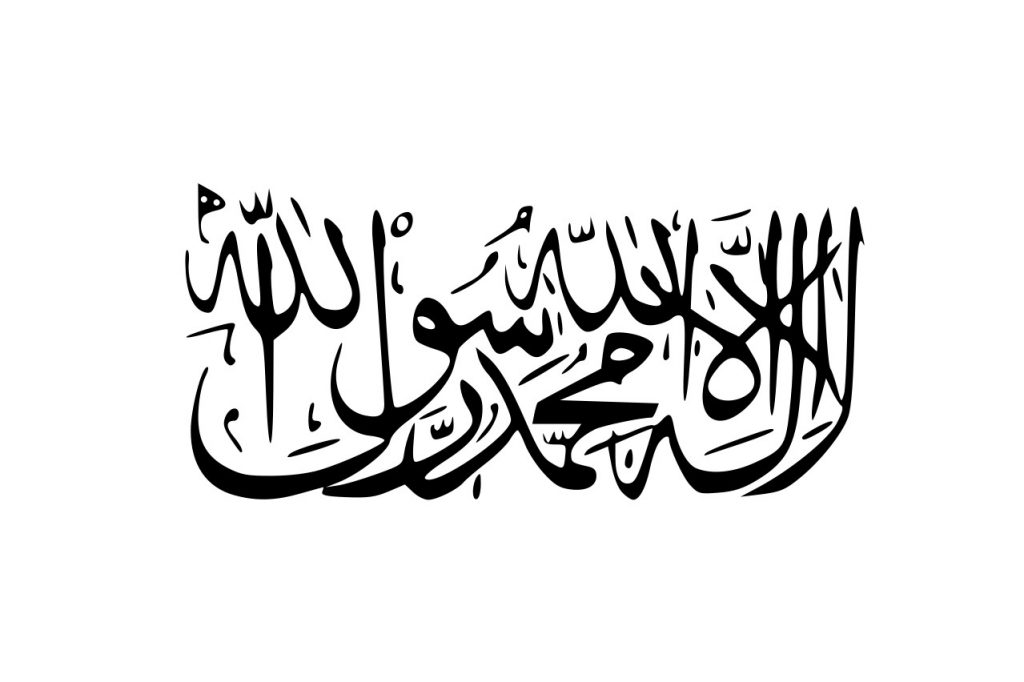
As you can see, the exact style of the shahada can change quite a bit, but really, it’s not hard to see that it’s the same thing. This particular variant seems to have been more prominent in the 90s and early 2000s, replaced by the current version, which is the one you’ll most often see flying from poles in Kabul. That said, even the old version, among others, are common across the country. The central text of a Jihadist flag will typically always display the shahada, though that’s not necessarily the only thing it’ll show.
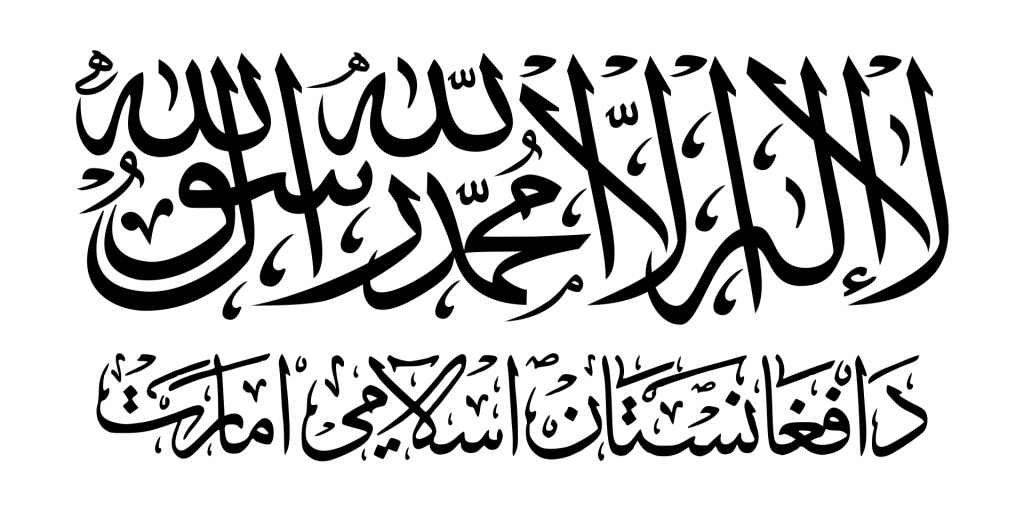
This variant is becoming particularly popular in Afghanistan since the takeover. The shahada in its most prominent form. Below, the phrase in local Pashto “Islamic Emirate of Afghanistan.” The name of the Afghan state as it exists under Taliban control. This variant is often flown from the back of trucks or carried in the streets, occasionally painted on murals. Less often flying from flagpoles, probably just because the text is smaller and may be hard to read from up there. Even this, however, is not the only flag seen.
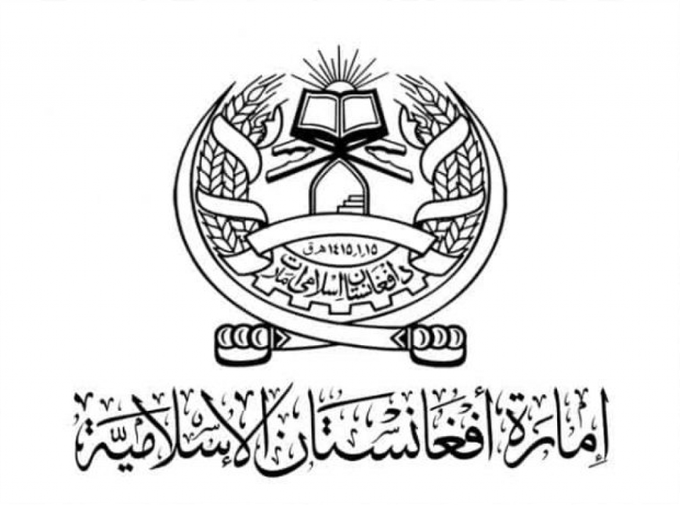
Replacing the standard flag with the new emblem for Afghanistan, what we see here is reportedly seen from the back of military vehicles, serving as a military flag for the Taliban. The emblem features an arched mihrab (a curved part of a wall within a mosque, pointing towards Mecca) supporting an open Quran crowned by the sun. Wrapping around the image are sheaves of wheat surrounded by swords, with a cogwheel at the bottom to show a mix of industry, agriculture and military. Meanwhile the shahada lies in the centre with ‘Islamic Emirate of Afghanistan’ at the bottom. This too is just one of several designs seen.
So, while it might not have been something people wanted to see again, the Taliban flag is very much back.





